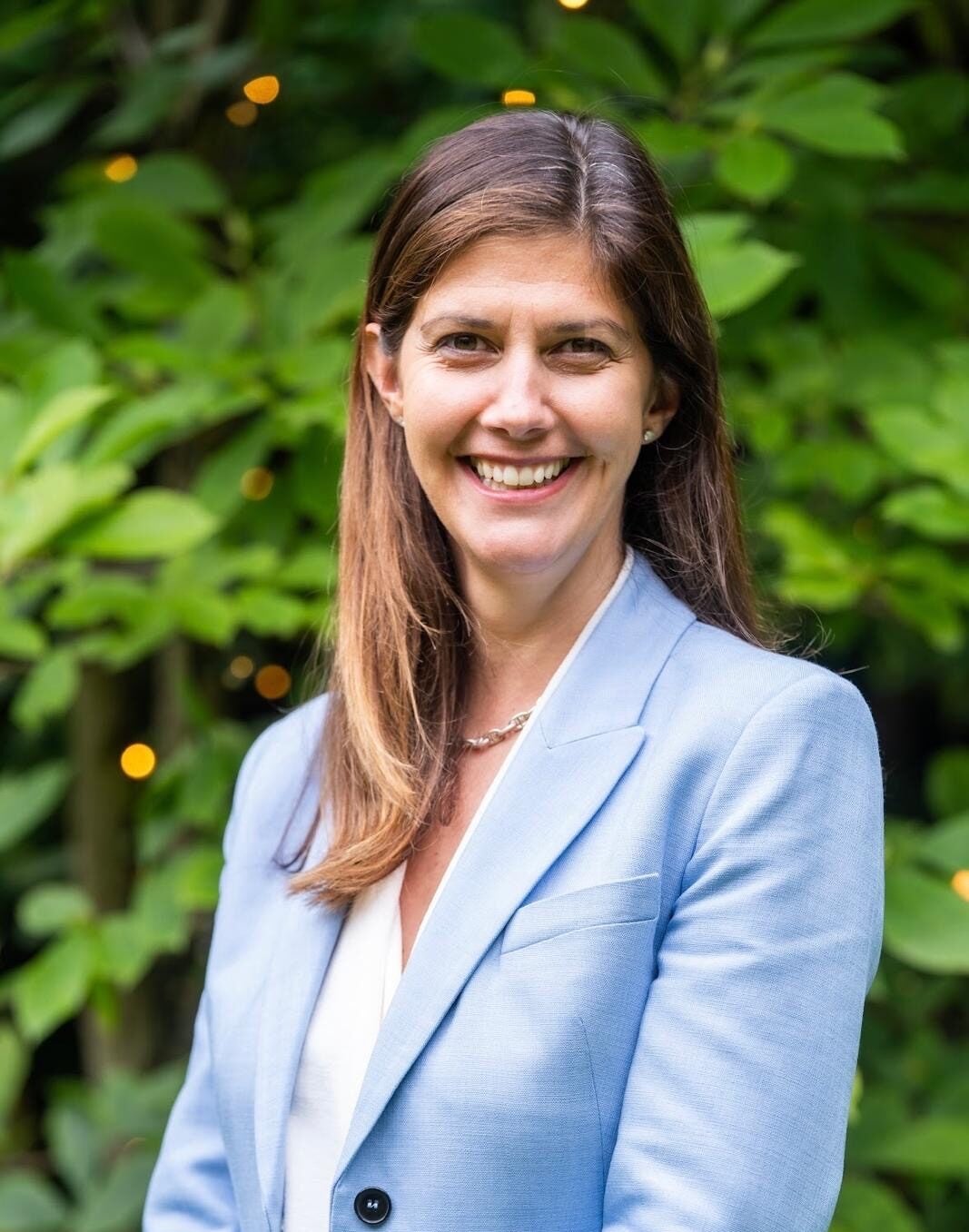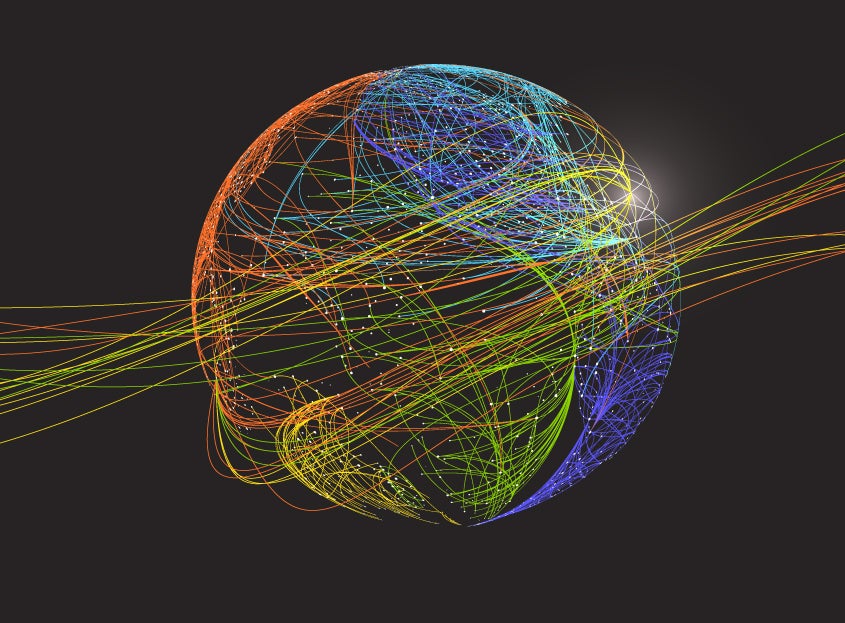Trends in Female Philanthropy – #BreakTheBias

Less than a generation ago, the prevailing image of a philanthropist was male and middle-aged or older. High-net-worth charitable giving, and the wider wealth management industry, was seen as something of a men’s club.
However, there is far greater diversity today. Women are more active in wealth management decisions and are amassing greater wealth than before, with one report estimating the wealth owned by women around the world could total $81 trillion in 2023, up from $34 trillion in 2010.
As we are encouraged to #breakthebias this International Women’s Day, it’s worth considering how female philanthropy is shaping global giving.
Analysing how women give is an interesting barometer for how giving trends are changing across generations and geographies in general. At a macro level, women are more likely than men to give collaboratively, and over a longer-term. Giving circles, or networks where individuals donate to a pooled fund and decide together what issues or projects to fund, have become increasingly popular in recent years, especially with women.
These networks also provide an opportunity for a donor to thoroughly engage with a topic through sharing knowledge and experiences, which paints the picture of another general trend often cited in in female giving – that women are more likely than men to analyse a cause or charity and carefully consider the impact their personal donation will have before committing to it.
Non-financial giving is also important to women. Whether volunteering their time, participating in campaigns or encouraging others in their network to join their mission, women see the value the importance of collaborative action. A UK Government report shows that more women than men in England volunteer time to a charitable cause (58% of women vs 51% of men).
The rise in female high net worth giving has also brought a greater, and much needed, focus on charities that support women’s issues and gender equality, such as Pause, a London-based R&D programme working with women who have experienced repeat removals of children from their care. Across the UK there are countless examples of female philanthropy being driven by a desire to improve the life chances of young children, especially girls.
Finally, it’s worth acknowledging the leading role that women play in encouraging multi-generational family philanthropy. Often, women recognise how philanthropy can strengthen family bonds when approached correctly. It is therefore not surprising to see several similar trends between female philanthropy and next gen giving, including the areas of focus, an appetite for collaboration and an interest in sustainable investing.
While there may still a long way to go to #BreakTheBias – only around ten per cent of UHNWIs globally are now women – this is an exciting moment for female philanthropy as more intergenerational wealth transfers to daughters, as well as sons, and the number of first-generation female HNWs rises.
At NPT UK, we continuously challenge ourselves to facilitate environments where female philanthropists can thrive and have the greatest impact on the causes they support.
NPT UK does not provide legal or tax advice. This blog post is for informational purposes only and is not intended to be, and shall not be relied upon as, legal or tax advice. The applicability of information contained here may vary depending on individual circumstances.


